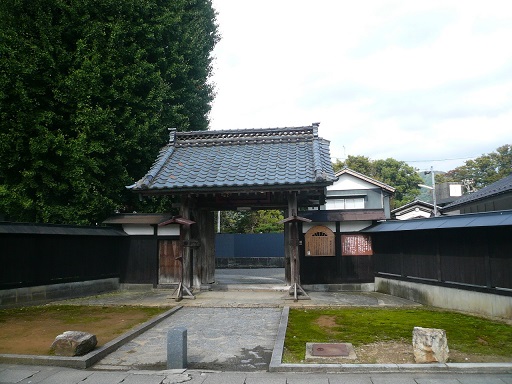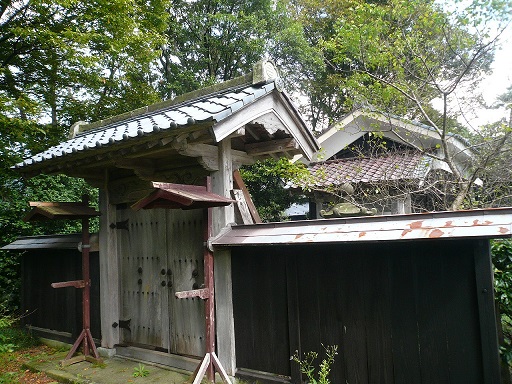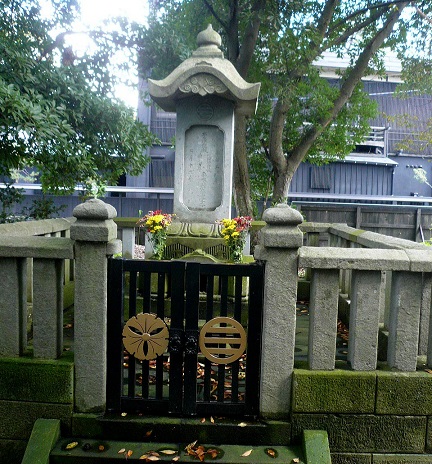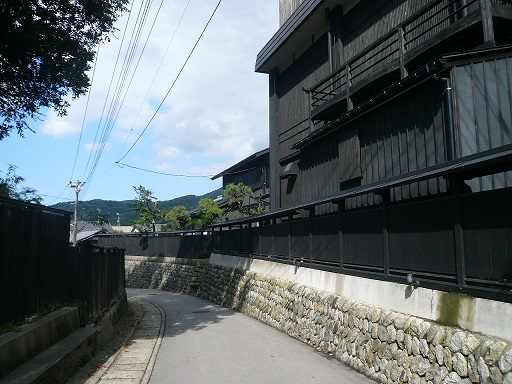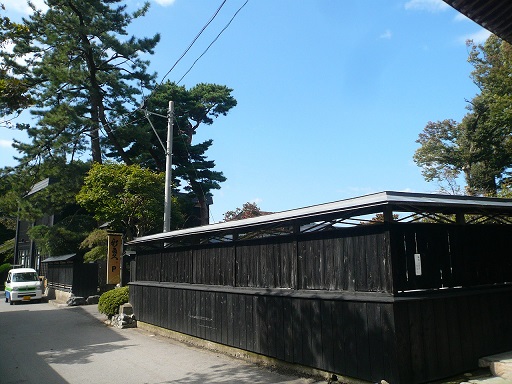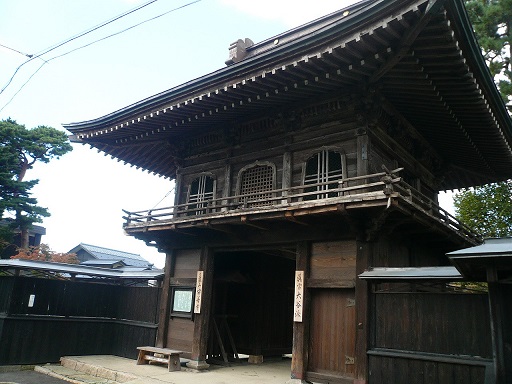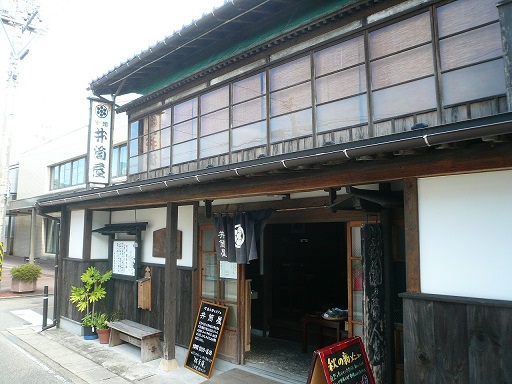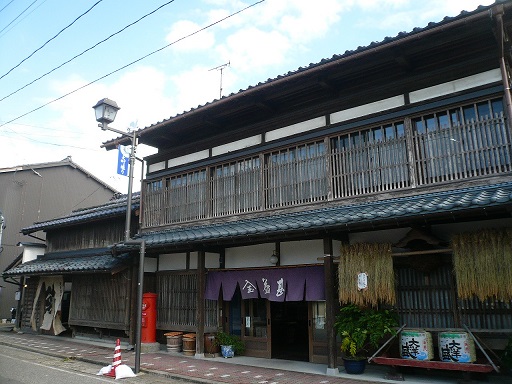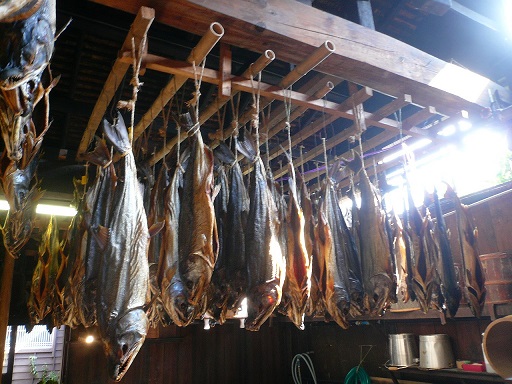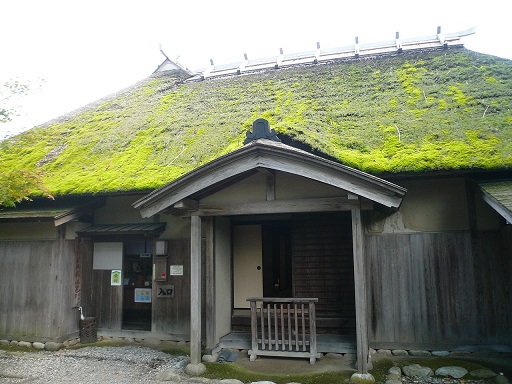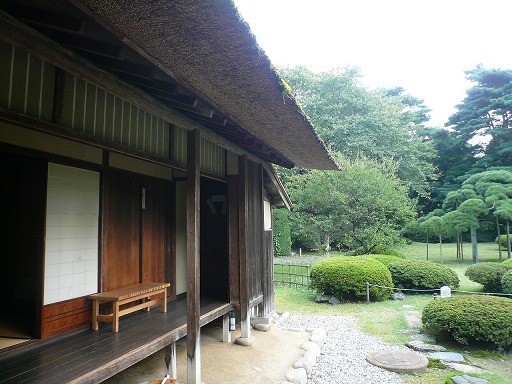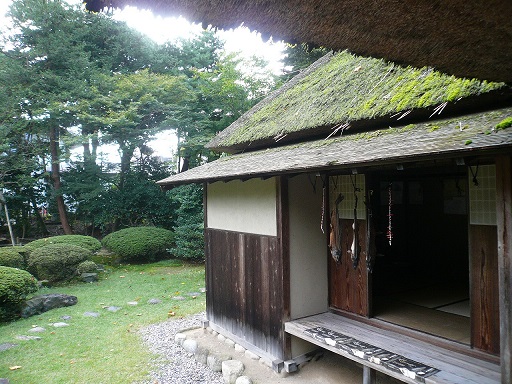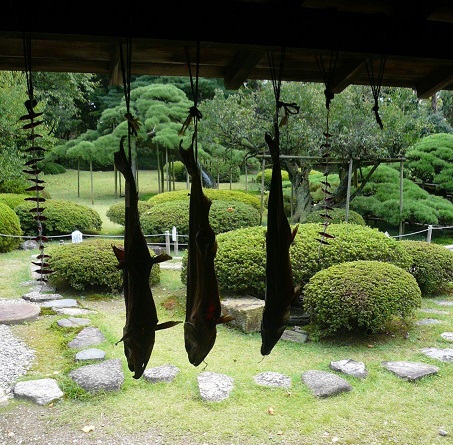|
Murakami Downtown
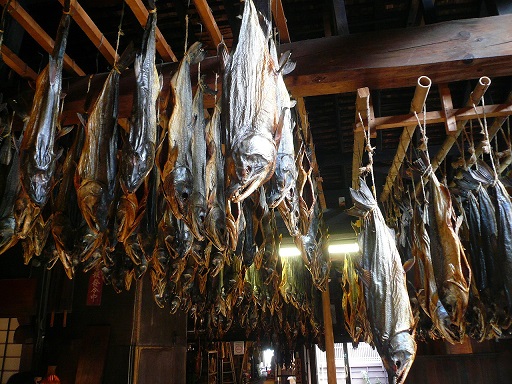
Murakami is located in the northern part of Niigata Prefecture. Murakami was developed after Murakami Castle was built in the early 16th century by HONJYO Tokinaga (? - 1609) . Murakami was the capital of Murakami Domain during the Edo Age (1603 - 1868) . A historical district is located at the downtown Murakami and remains a good atmosphere as it was in the Edo Age.If you walk to the ruins of Murakami Castle from Murakami Station, you will walk through Teramachi Town, where many temples are located. Jyonenji Temple is one of temples in Teramachi Town. |
